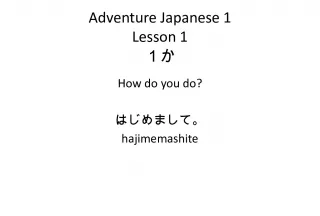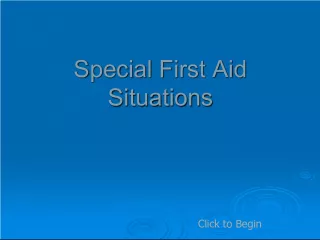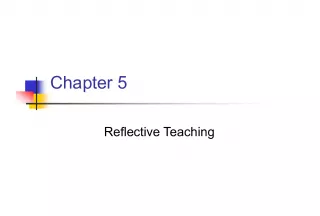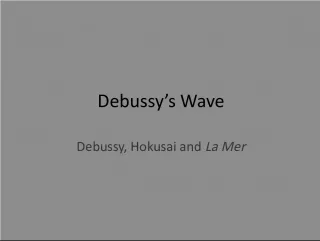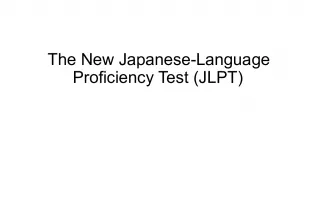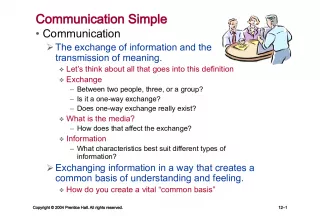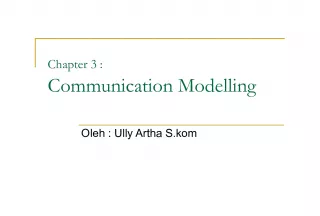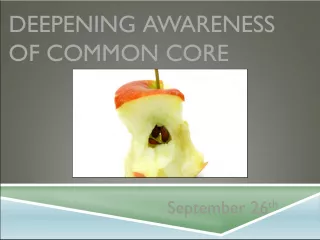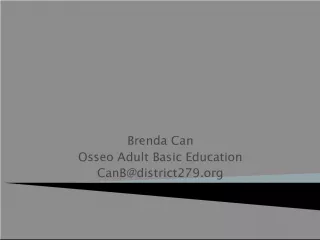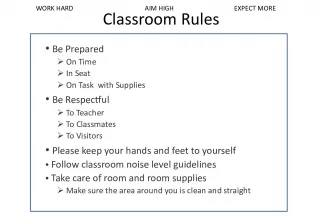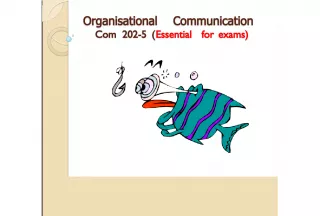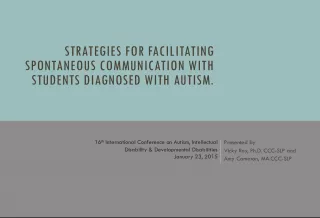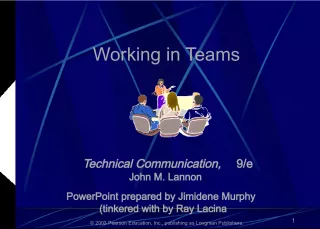Japanese Classroom: Communication in Daily Situations


In this Japanese classroom, the general goal of the lessons is to equip students with the necessary vocabulary and expressions to communicate effectively in daily situations. By the end of the lessons, students will
- Uploaded on | 1 Views
-
 orislava
orislava
About Japanese Classroom: Communication in Daily Situations
PowerPoint presentation about 'Japanese Classroom: Communication in Daily Situations'. This presentation describes the topic on In this Japanese classroom, the general goal of the lessons is to equip students with the necessary vocabulary and expressions to communicate effectively in daily situations. By the end of the lessons, students will. The key topics included in this slideshow are . Download this presentation absolutely free.
Presentation Transcript
Slide1あどべんちゃーにほんごL. 2か にほんごのきょうしつ /Japanese Classroom General goals of the lessons: You will be able to communicate the information below in the given situations. 1. Ask your teacher to give you another worksheet. The teacher scolds you and tells you where it is. You thank him/her. 2. You lost ( なくしました NAKUSHIMASHITA) your cap and bag. Go to the lost and found counter and tell the person in charge which one is yours . 3. You are sitting at the back of the Japanese classroom. The teacher points to some small characters on the board and asks you if you can see them and what they are . The teacher then speaks softly and asks if you can hear what he/she says. 4. You are getting help from a Japanese exchange student. You want to know the Japanese words for things around you. Point to things here and there and ask how to say them in Japanese . The Japanese student answers too quickly. Ask him/her to slow down and repeat the words. Then thank him/her for the help.
Slide22か1Classroom Japanese/ きょうしつ の にほんご • Do you understand ? • わかります か。 • Yes, I understand. • はい、 わかります。 • No, I do not understand. • いいえ、 わかり ません 。 • I do not know. • しり ません 。 (“I know” is しっています . ) • I cannot see. • みえません。 (“I can see” is みえます .) • I cannot hear. • きこえません。 (“ I can hear” is きこえます .)
Slide3•It is good . • いい です 。 • It is no good . • だめ です 。 • Let me see…, Well… • ええと … 、あのう … (When you need time to think of a response, use there expressions.) • How do you say “tree” in Japanese? • Tree は にほんご で なんと いいます か。 にほんご NIHONGO means “Japanese language”. で DE means “by means of,” なん NAN means “what”, と TO is a particle used for quotations, いいます IIMASU means “say” and か KA is a particle for questions.
Slide4•I forgot. • わすれ ました 。 • I lost (it). • なくし ました 。 • Is it OK if I go to the bathroom? • おてあらい / (お)トイレへ いって も いい ですか。 • Is it OK if I go to the locker? • ロッカーへ いって も いい ですか。 • Is it OK if I get a drink of water? • (お)みずを のんで も いい ですか。 • Please lend me a pencil . • えんぴつ を かして ください 。 • Excuse me. I have a question. • すみません。 しつもん が あります 。
Slide5あくてぃびてぃーp. 37 • Eye Test. Test your partner using the chart. • Hearing Test.
